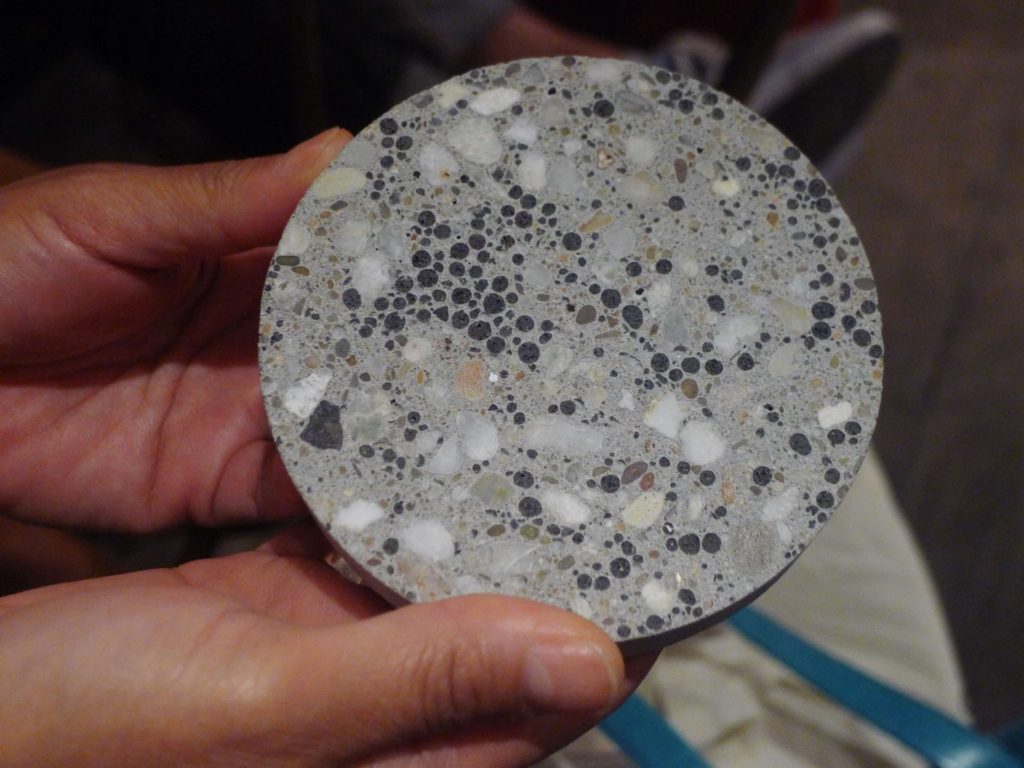Cement and Pollution
Portland cement, the binding agent in ordinary concrete, has a very high carbon footprint. This results in just under one ton of carbon dioxide (CO2) released for every ton of cement produced. According to Landscape Architecture Magazine, “With 4.2 billion metric tons of the binder used each year worldwide, cement production is responsible for nearly 8 percent of total global carbon emissions. The high lime content of ordinary portland cement contributes about two-thirds of cement’s CO2 impact through the process of limestone calcination. The other one-third of CO2 released is from the combustion of fossil fuels.” The emissions would reduce the usage of self-healing concrete.
Self-Healing Concrete
When the construction of buildings is being planned, the goal is to create a concrete structure that is durable. It is designed to last beyond its full design life. That is not the fact with concrete. The average life of concrete is about 25 years. 25 years is less than the life expectancy of a building. The design is for much longer use. One way to keep concrete for longer than 25 years is with the use of self-healing concrete. Still, in the research phase, it could potentially save money and infrastructures.
Technologies
Many different self-healing concrete technologies are being tested using chemical, biological, and mineral constituents. The self-healing concrete technologies are much closer to commercial use thanks to Belgium scientists as well as scientist from the Netherlands. This technology uses limestone-producing bacteria and calcium lactate that is encapsulated in clay pellets. This is mixed directly into the uncured concrete. When there is a fissure in the concrete, the pellets crack open and release the bacteria. Moisture in the air then triggers the spores to germinate. Bacteria feed on the calcium lactate and form limestone. This seals the cracks up to 0.8 millimeters wide within three weeks.

This type of self-healing concrete could be used in concrete foundation, walls, floors, etc. Minimize repair work and costs!
General Contracting – Sustainability – Work Gallery – Contact – News
